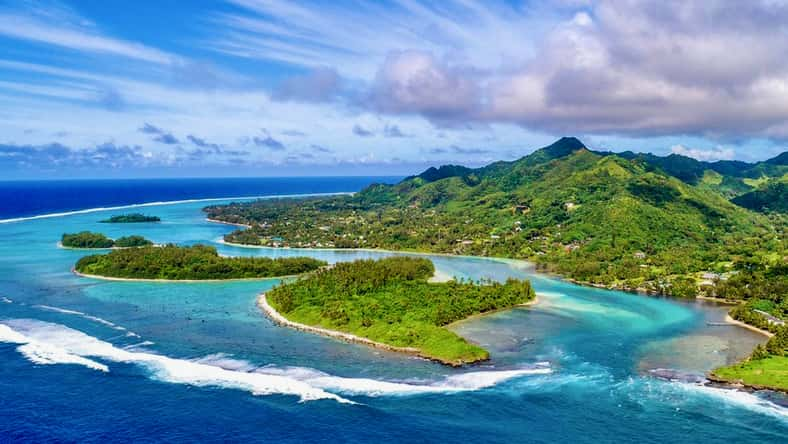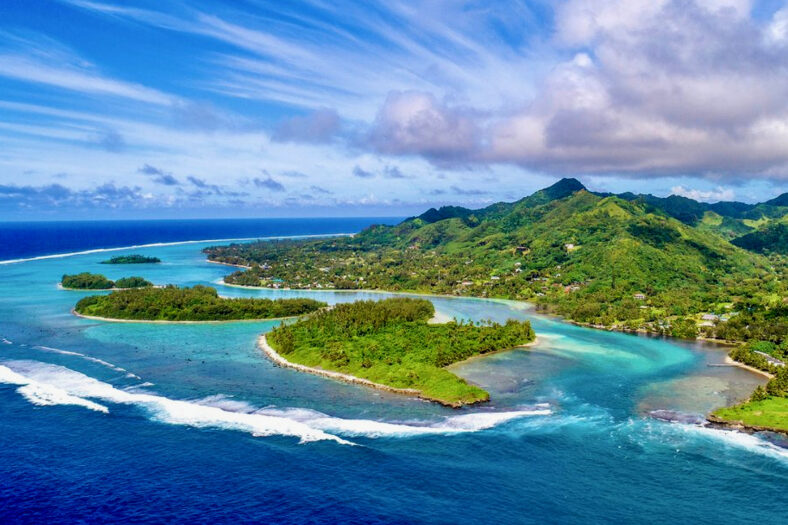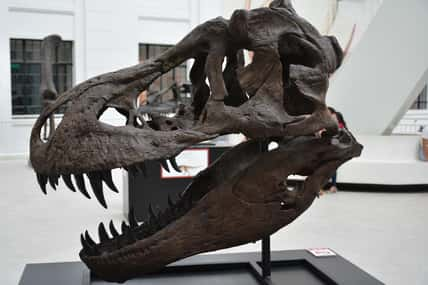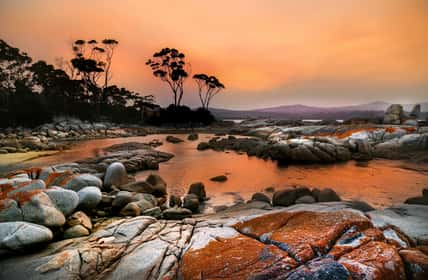
A series of underwater volcanoes have been discovered near the Cook Islands in the Pacific Ocean, and some of them may even be active.
The volcanoes were found during a mission to map the seafloor near the Cook Islands, located about 2,900 miles south of Hawaii. If the structures are volcanically active, their heat may have given rise to a unique marine habitat.
“So far, we have not seen any clear signs of volcanic activity, but then again, no one has yet had the chance to look carefully at the seabed and sample it,” said representatives from the Seabed Minerals Authority (SBMA).
“Once fully processed and interpreted, our new seabed map should help any future scientists quickly go directly to the best points for this sampling.”
The Cook Islands are a group of 15 islands in the South Pacific Ocean. They are located between French Polynesia and American Samoa.
Millions of years ago, the Pacific plate moved over a magma hotspot in the Earth’s mantle, creating the archipelago.
Magma hotspots are where extremely hot rock rises toward the surface and causes volcanic activity. They occur in the middle of tectonic plates and stay in one place while the plate above them moves over time.
Heat and magma are brought toward the Earth’s crust due to a hot mantle plume from the hotspot, which can cause magma from the mantle to erupt onto the seafloor and then cool off quickly in the water.
Repeated eruptions will lead to the formation of an underwater volcano. The volcano can become large enough to break the surface of the ocean if the eruptions continue.

Sign up for Chip Chick’s newsletter and get stories like this delivered to your inbox.
Most of the volcanoes in the Cook Islands are very old. Their rocks date back tens or even hundreds of millions of years. The most recent islands to form are Rarotonga and Aitutaki. The youngest rock on Rarotonga is only around 1.2 million years old.
The idea that there were underwater volcanoes in this area first came about in 2024 after researchers discovered that the rocks of a submerged volcano were only 670,000 years old.
The rocks were on a volcano called Tama, which is roughly 37 miles southeast of Rarotonga. They are the youngest volcanic rocks in the Cook Islands.
Researchers think that there might be several other underwater volcanoes on the seafloor between Rarotonga and Tama. They may be much younger than the other Cook Islands.
An expedition was launched in 2025 with the goal of mapping the seafloor in the area around Rarotonga. The team detected a series of smaller structures to the southeast of Rarotonga.
They have not yet been confirmed as volcanically active. They hope to return to the area in the near future to collect samples and learn more about them.












